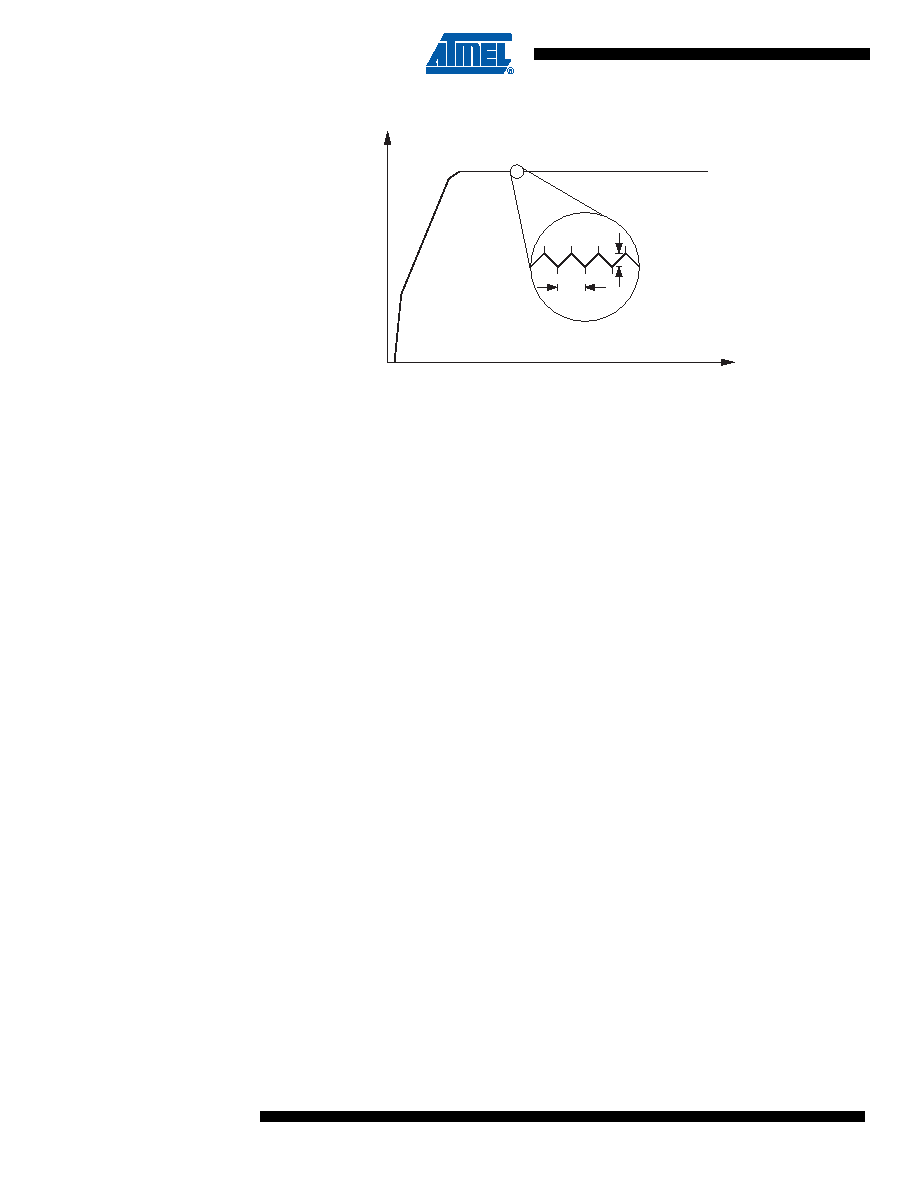- 您現(xiàn)在的位置:買賣IC網(wǎng) > PDF目錄45321 > IF280C52EXXX-L16SHXXX (TEMIC SEMICONDUCTORS) 8-BIT, MROM, 16 MHz, MICROCONTROLLER, PQFP44 PDF資料下載
參數(shù)資料
| 型號(hào): | IF280C52EXXX-L16SHXXX |
| 廠商: | TEMIC SEMICONDUCTORS |
| 元件分類: | 微控制器/微處理器 |
| 英文描述: | 8-BIT, MROM, 16 MHz, MICROCONTROLLER, PQFP44 |
| 文件頁數(shù): | 146/210頁 |
| 文件大小: | 5175K |
| 代理商: | IF280C52EXXX-L16SHXXX |
第1頁第2頁第3頁第4頁第5頁第6頁第7頁第8頁第9頁第10頁第11頁第12頁第13頁第14頁第15頁第16頁第17頁第18頁第19頁第20頁第21頁第22頁第23頁第24頁第25頁第26頁第27頁第28頁第29頁第30頁第31頁第32頁第33頁第34頁第35頁第36頁第37頁第38頁第39頁第40頁第41頁第42頁第43頁第44頁第45頁第46頁第47頁第48頁第49頁第50頁第51頁第52頁第53頁第54頁第55頁第56頁第57頁第58頁第59頁第60頁第61頁第62頁第63頁第64頁第65頁第66頁第67頁第68頁第69頁第70頁第71頁第72頁第73頁第74頁第75頁第76頁第77頁第78頁第79頁第80頁第81頁第82頁第83頁第84頁第85頁第86頁第87頁第88頁第89頁第90頁第91頁第92頁第93頁第94頁第95頁第96頁第97頁第98頁第99頁第100頁第101頁第102頁第103頁第104頁第105頁第106頁第107頁第108頁第109頁第110頁第111頁第112頁第113頁第114頁第115頁第116頁第117頁第118頁第119頁第120頁第121頁第122頁第123頁第124頁第125頁第126頁第127頁第128頁第129頁第130頁第131頁第132頁第133頁第134頁第135頁第136頁第137頁第138頁第139頁第140頁第141頁第142頁第143頁第144頁第145頁當(dāng)前第146頁第147頁第148頁第149頁第150頁第151頁第152頁第153頁第154頁第155頁第156頁第157頁第158頁第159頁第160頁第161頁第162頁第163頁第164頁第165頁第166頁第167頁第168頁第169頁第170頁第171頁第172頁第173頁第174頁第175頁第176頁第177頁第178頁第179頁第180頁第181頁第182頁第183頁第184頁第185頁第186頁第187頁第188頁第189頁第190頁第191頁第192頁第193頁第194頁第195頁第196頁第197頁第198頁第199頁第200頁第201頁第202頁第203頁第204頁第205頁第206頁第207頁第208頁第209頁第210頁

40
8048C–AVR–02/12
ATtiny43U
Figure 8-6.
Typical Output Voltage of Boost Converter in Active Regulated Mode.
8.3.2
Active Low Current Mode
The boost converter enters Active Low Current Mode from Active Regulated Mode when output
voltage reaches its maximum and duty cycle is at its minimum. In practice, this means that the
load current drops below a threshold. The threshold varies with converter input voltage and tem-
perature but a typical plot is shown in Figure 20-4 on page 163.
From Figure 20-4 on page 163 can be seen that at low input voltages (V
BAT typically below 1.0V)
and high load currents (I
LOAD typically above 0.6mA) the boost converter will never enter Low
Current Mode. Using Full Duty Cycle mode the boost converter can be forced to enter Active
Low Current Mode at input voltages lower than those shown in Figure 20-4 on page 163. See
In Low Current Mode the boost converter stops switching and reduces current consumption to a
minimum, while still remaining active. Provided there are no external loads active the boost con-
verter enters Low Current Mode automatically when the microcontroller goes into Power Down
Mode (see “Sleep Modes” on page 30).
In this mode of operation the converter periodically reaches its duty cycle low limit. When this
happens the converter stops switching and the output voltage starts dropping. The converter
starts switching again when the output voltage has decreased to the low limit of Active Low Cur-
rent Mode. This results in a periodical pattern as illustrated in Figure 8-5 on page 38.
If the output voltage, V
CC, drops below VBOOST (due to an overload or a short circuit) the con-
verter goes back to Start Mode. In addition, the firmware can instruct the converter to leave this
mode and enter Stop Mode. See “Software Control of Boost Converter” on page 41.
8.3.3
Full Duty Cycle
By default, the boost converter keeps V
CC within limits by controlling the duty cycle of the switch-
ing waveform. It is possible to bypass the duty cycle regulation and lock the duty cycle at its
maximum, resulting in a V
CC voltage that quickly ramps up to the maximum limit and then starts
dropping when the boost converter enters Low Current Mode. See Figure 8-7, below.
VCC
ST
AR
TMODE
ACTIVE REGULATED MODE
t
fSW
VRPP
相關(guān)PDF資料 |
PDF描述 |
|---|---|
| MD80C32-30 | 8-BIT, 30 MHz, MICROCONTROLLER, CDIP40 |
| MD87C51FB-16 | 8-BIT, UVPROM, 16 MHz, MICROCONTROLLER, CDIP40 |
| MR87C51FB-16 | 8-BIT, UVPROM, 16 MHz, MICROCONTROLLER, CQCC44 |
| MD87C51FB | 8-BIT, UVPROM, MICROCONTROLLER, CDIP40 |
| MZ87C51FB | 8-BIT, UVPROM, MICROCONTROLLER, CQCC44 |
相關(guān)代理商/技術(shù)參數(shù) |
參數(shù)描述 |
|---|---|
| IF280C52-L16 | 制造商:未知廠家 制造商全稱:未知廠家 功能描述:8-Bit Microcontroller |
| IF280C52T-12 | 制造商:未知廠家 制造商全稱:未知廠家 功能描述:8-Bit Microcontroller |
| IF280C52T-16 | 制造商:未知廠家 制造商全稱:未知廠家 功能描述:8-Bit Microcontroller |
| IF280C52T-20 | 制造商:未知廠家 制造商全稱:未知廠家 功能描述:8-Bit Microcontroller |
| IF280C52T-25 | 制造商:未知廠家 制造商全稱:未知廠家 功能描述:8-Bit Microcontroller |
發(fā)布緊急采購,3分鐘左右您將得到回復(fù)。